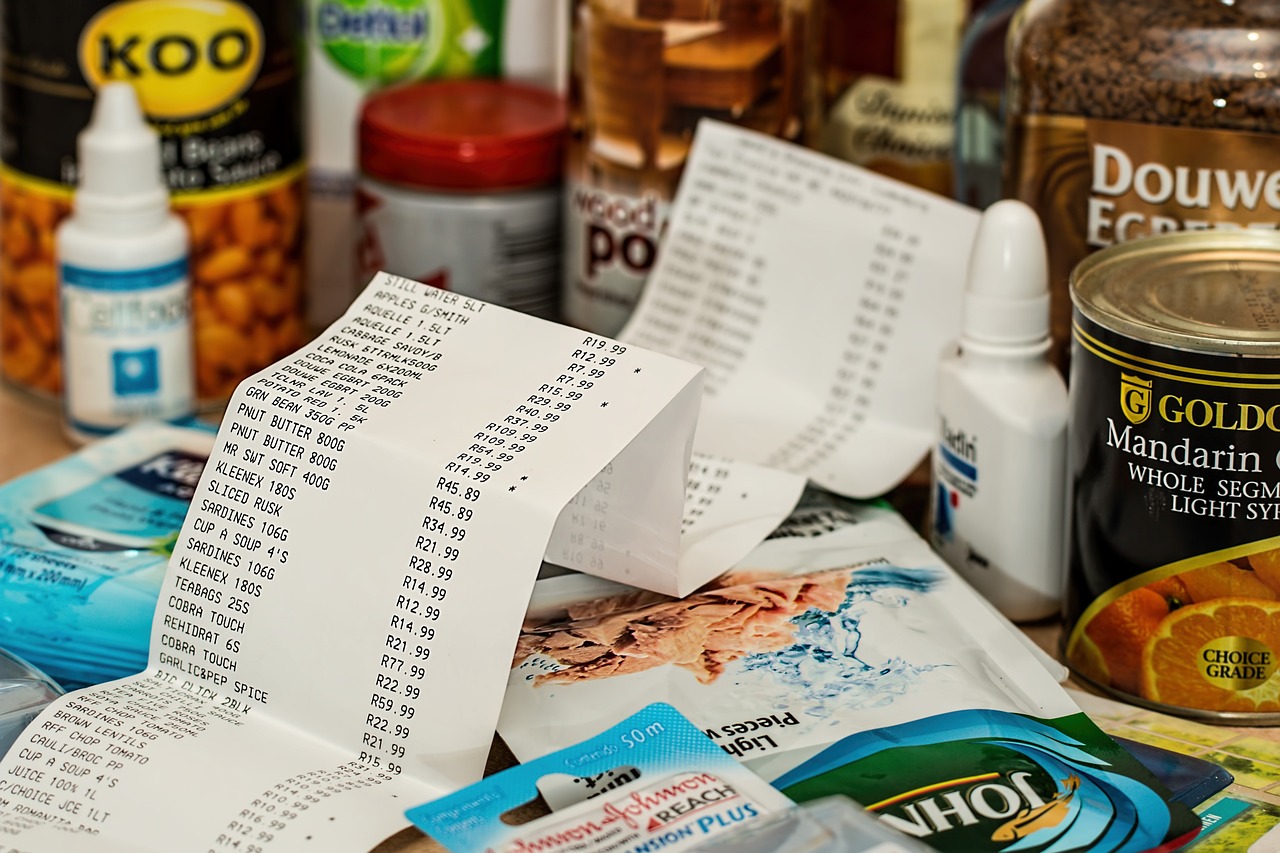Access to nutritious food is a basic human need, but for many individuals and families, affording groceries can be a challenge. That’s where food assistance programs come in. In the United States, several federal and local initiatives are designed to help people get the food they need. Here’s a guide on how to benefit from these opportunities:
1. Apply for the Supplemental Nutrition Assistance Program (SNAP)
SNAP, formerly known as food stamps, is the largest federal nutrition assistance program. It provides monthly benefits to help low-income households buy groceries.
- Who qualifies? Eligibility is based on income, household size, and expenses. U.S. citizens and many legal non-citizens may apply.
- How to apply: Visit your state’s SNAP website or go to https://www.fns.usda.gov/snap to find the application portal.
- Benefits: SNAP benefits are loaded onto an EBT (Electronic Benefit Transfer) card, which can be used at participating grocery stores and farmers’ markets.
2. Check Out the Women, Infants, and Children (WIC) Program
WIC provides food assistance, nutrition education, and health referrals to pregnant women, new mothers, and children under 5.
- How to qualify: Must meet income guidelines and have a nutritional risk (determined during a health screening).
- How to apply: Contact your local WIC office or find information at https://www.fns.usda.gov/wic.
- Benefits: Includes vouchers for specific healthy foods like milk, eggs, fruits, vegetables, and baby formula.
3. Utilize the National School Lunch and Breakfast Programs
These programs provide free or reduced-price meals to children at school.
- Who qualifies? Eligibility is based on family income.
- How to apply: Fill out an application through your child’s school at the beginning of the school year or anytime your financial situation changes.
4. Visit Local Food Banks and Pantries
Nonprofit organizations and community centers often provide free groceries to those in need, no questions asked.
- Where to find them: Use websites like https://www.feedingamerica.org or call 2-1-1 to find a food pantry near you.
- What’s available: Pantry offerings vary but often include canned goods, fresh produce, dairy, and household essentials.
5. Look into the Emergency Food Assistance Program (TEFAP)
TEFAP distributes surplus food from the USDA to food banks, shelters, and soup kitchens.
- Who benefits? Low-income households and individuals in crisis.
- How to access: Contact your local food bank or community action agency to ask about TEFAP distributions.
6. Farmers’ Market Nutrition Programs (FMNP and SFMNP)
These programs offer vouchers to buy fresh produce at farmers’ markets for WIC participants and seniors.
- Apply through WIC or your state’s aging services office.
- Helps support local agriculture while improving access to healthy food.



